Museum of Modern Art in Warsaw
About the individual or institution nominating:
1) Name and Surname of the individual submitting the nomination:
Primary Forms
1.2) Institution submitting the nomination:
Museum of Modern Art in Warsaw
About the practice, project or institution nominated:
2) Name of the institution nominated:
Museum of Modern Art in Warsaw
2.2) Name of the director of the institution nominated:
Joanna Mytkowska
2.3) Name of the institution, practice or project nominated:
Primary Forms by Museum of Modern Art in Warsaw and EFC Foundation
3) Argue in one sentence why you think the project you nominate is outstanding and could serve as an example for the entire community of modern and contemporary art museums.
Primary Forms is an anti-hierarchical programme that encourages a rupture in the regulations of schools and art institutions, giving agency to children by initiating complex art processes in the school environment, in a cooperation with a network of international artists.
3) Description of the practice or project. (max. 500 words)
Primary Forms is an annual programme conceived by the Museum of Modern Art in Warsaw and the educational EFC Foundation, as a series of exhibitions and interventions taking place in primary schools across Poland. The first edition of the program took place in 2021. The third iteration will be activated in September – November 2023
Primary Forms takes the shape of a "dormant" exhibition contained in a box, including artists' contributions such as editions, scores, instructions, objects, and tools. A set of exhibitions is distributed simultaneously in different schools. The decision about bringing each work into being is made by the pupils together with their teachers, with the support of educators from the Museum; they work together in a horizontal structure.
Primary Forms embrace non-linear and non-progressive perceptions of time. Children activate the works within the school grounds - in classrooms and corridors, in the doctor's office, in the gym, and on the playing field. The works can become elements of scenography, didactic aids, decoration, or part of the school's infrastructure; but they can also be immaterial and performative practices like happenings, musical compositions, or choreography. Some enhance the pedagogical processes while others hack the school regulations, opening the institution to experimental and poetic exercises.
The exhibition is a "folding model", which alludes to experiments on the verge of art, education, and architecture. The participatory structure on which the programme relies is drawn from Paulo Freire's critical pedagogy as laid out in the Pedagogy of the Oppressed, 1968. In Primary Forms, these concepts of emancipatory pedagogy are manifested in the potential of conceptual art practice as promoted by figures such as Lucy Lippard and Seth Siegelaub and artists such as Agnes Denes and Luis Camnitzer. Based on instructions, the works have a 'problem-posing nature'; rather than depositing information, they invite to confront the status quo. Activation of the pieces from the box questions the form, duration, and structure which an exhibition can take. In that same spirit, the programme challenges the terms of possession of art, granting schools legal ownership of the works.
Works from previous editions of Primary Forms include a set of "impossible artworks" instructions (Dora Garcia), a public protest (Joanna Piotrowska), an underwater sound score (Tarek Atoui), rewriting of the literary canon and formation of reading clubs (Slavs and Tatars), planting seeds and foraging (Paweł Althamer and the hydrofeminist collective Zakole), ornamenting schools with symbolic murals (Kasper Bosmans) and many more. Primary Forms are also inspired by artists working with children or in the realm of schools, such as Jef Geys, On Kawara and Palle Nielsen. Designed in the form of artistic exercises and objects placed in the box, the programme evokes the tradition of mobile exhibitions: Marcel Duchamp and his travelling exhibition-in-a- suitcase La Boîte-en-valise, as well as the Fluxkits – boxes prepared by artists affiliated with the Fluxus.
4) Images:
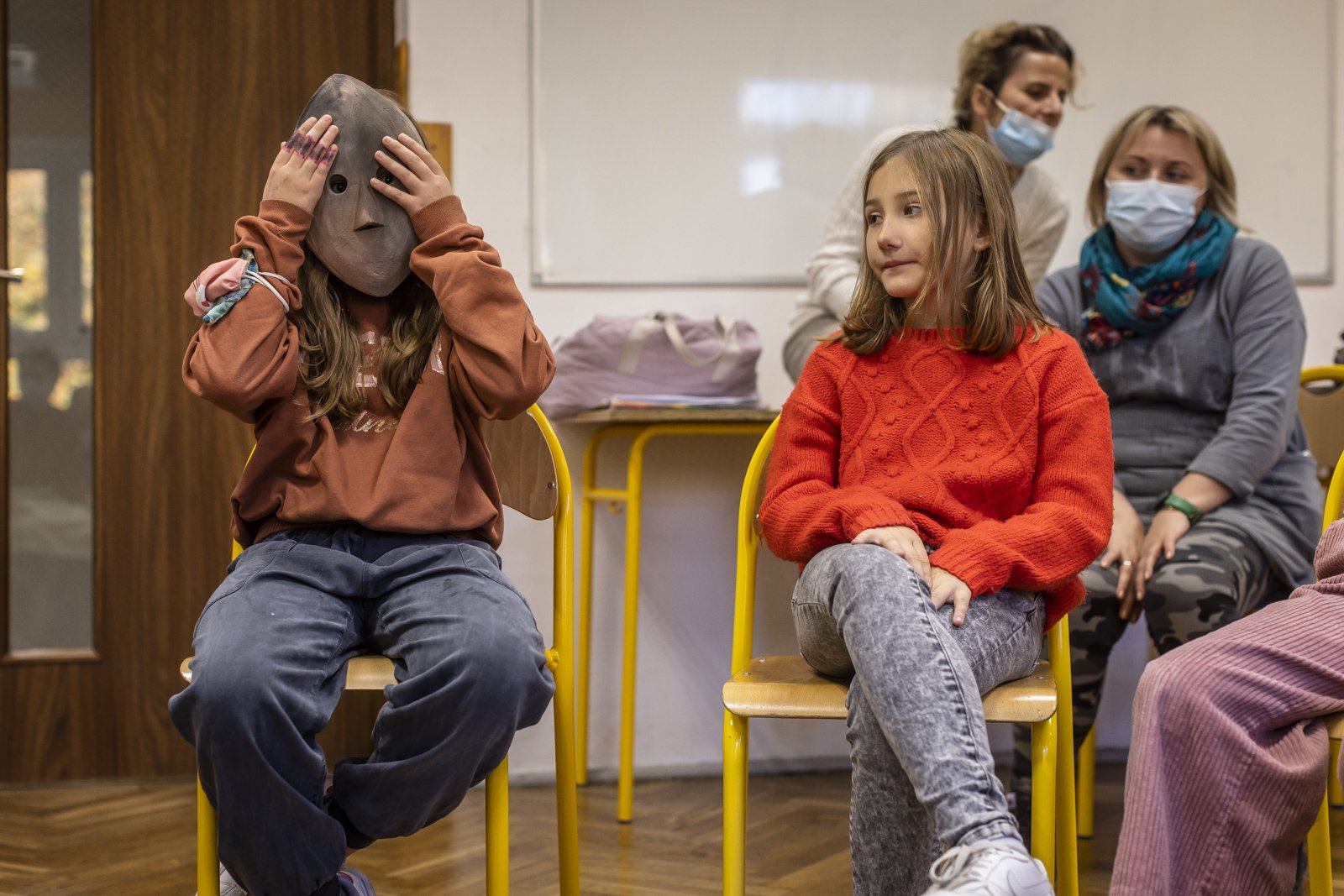
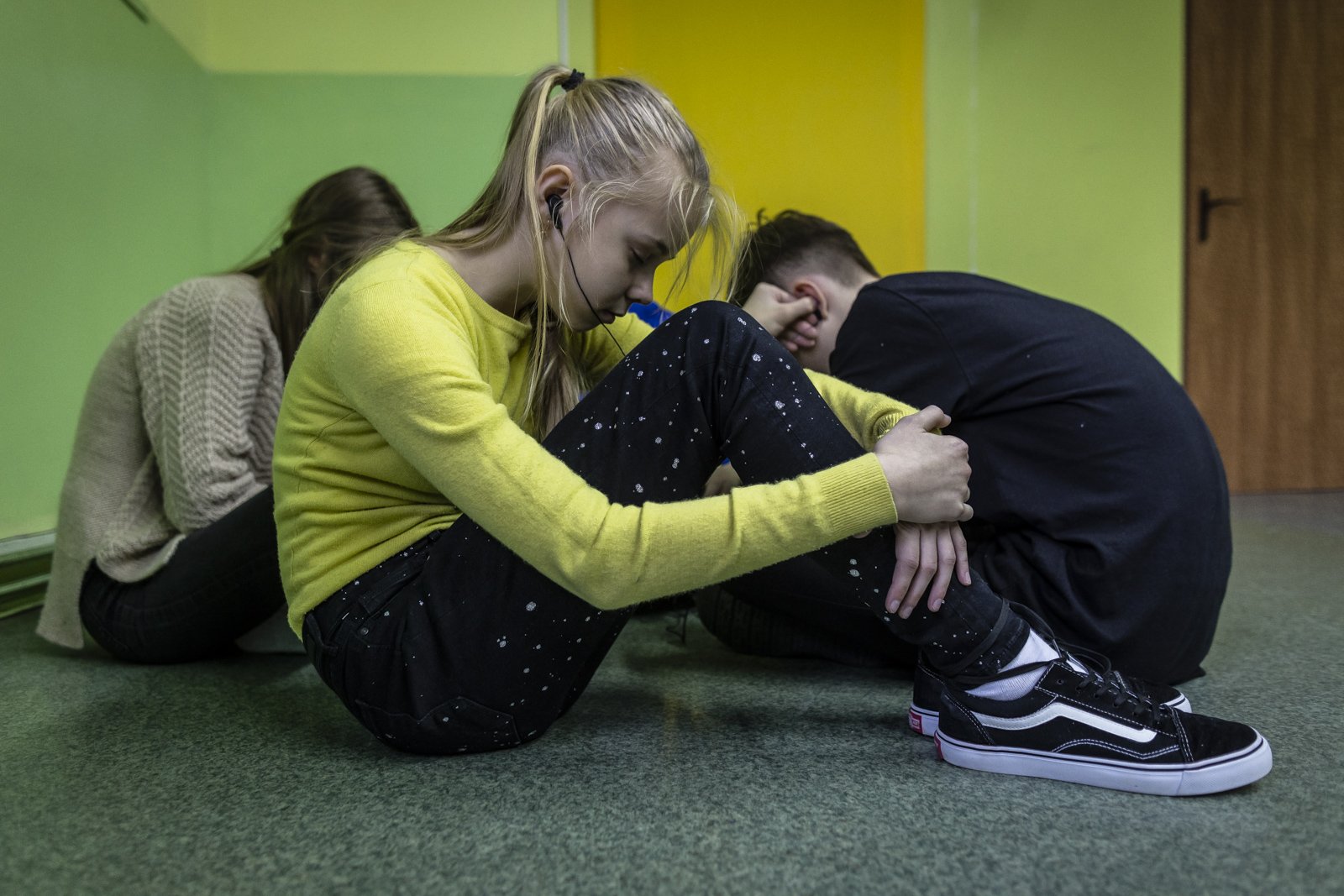
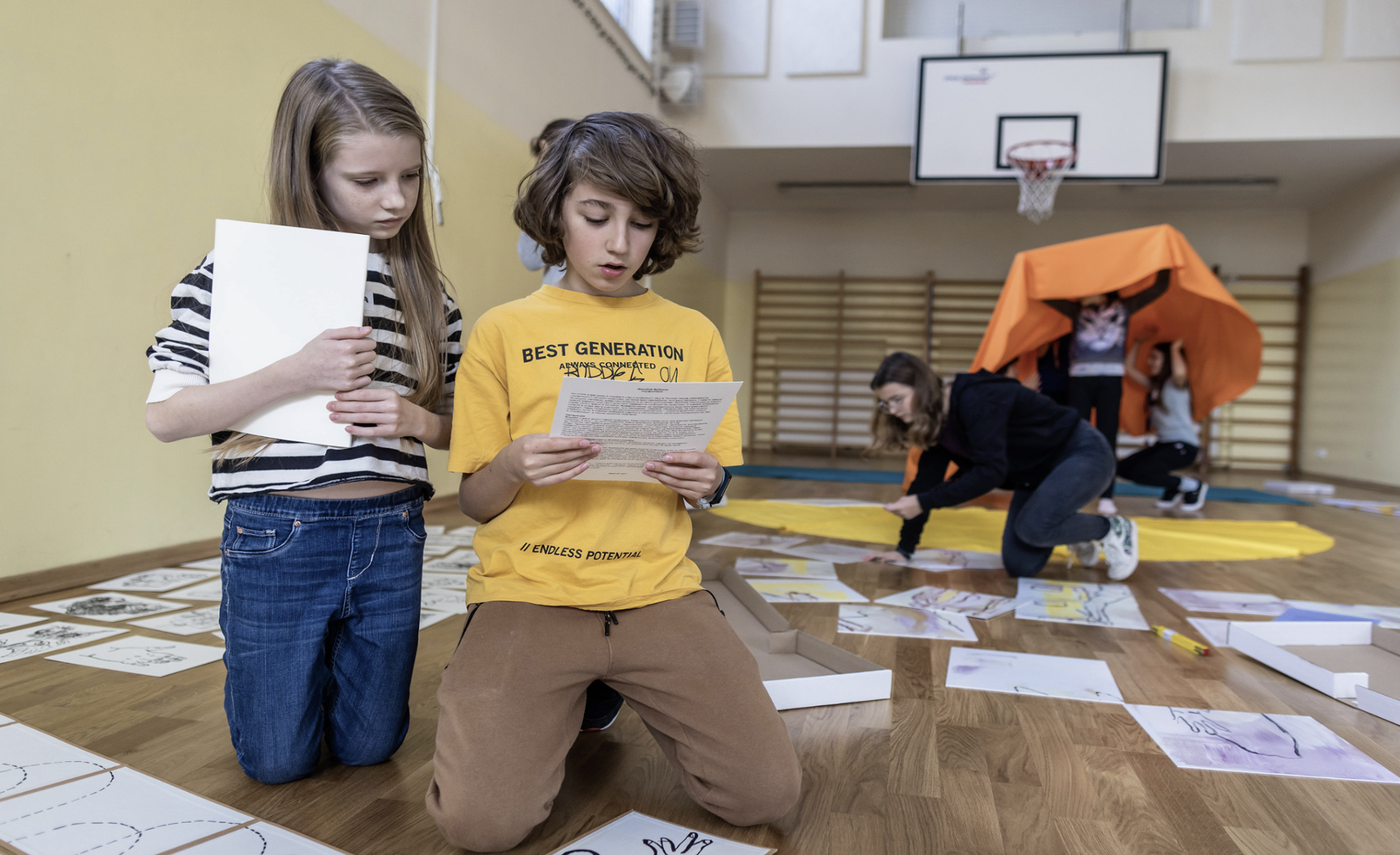
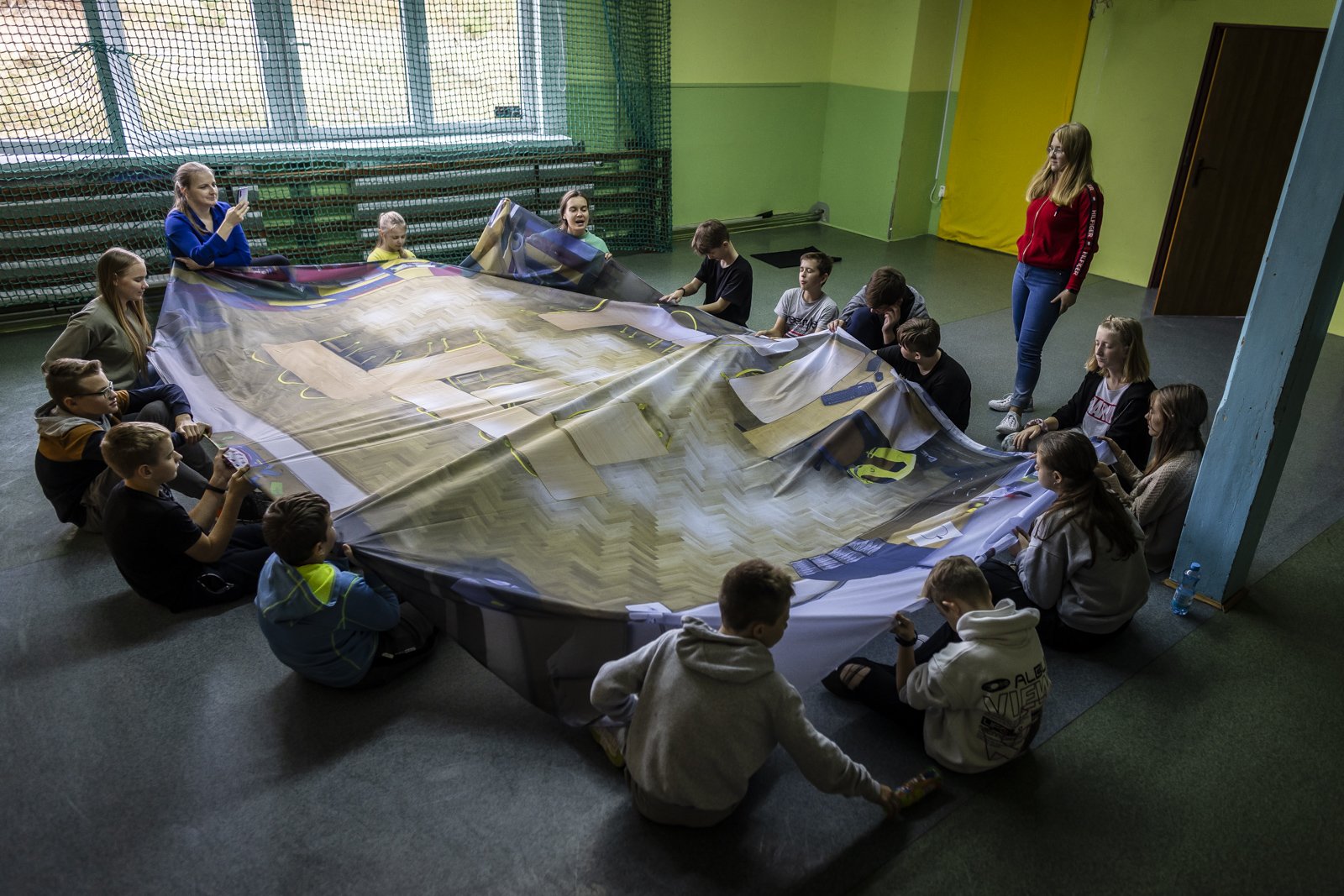
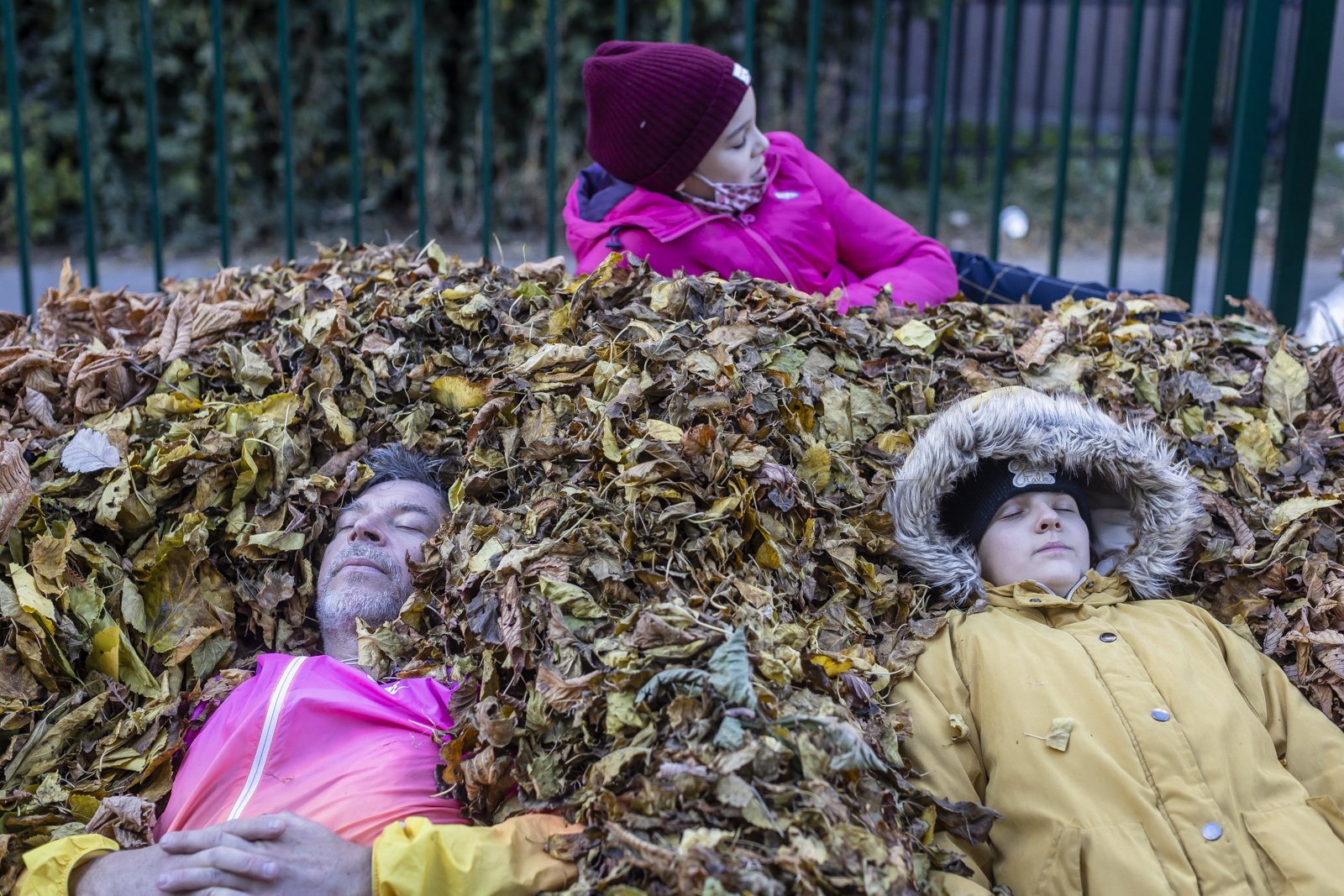
5) Provide links to the institution website as relevant support material: